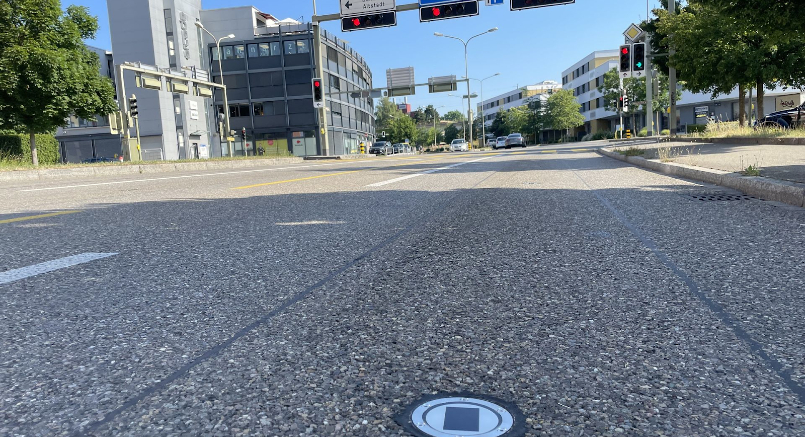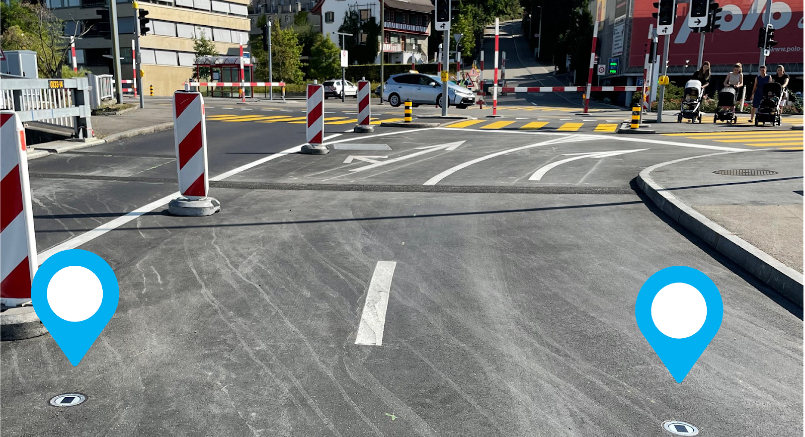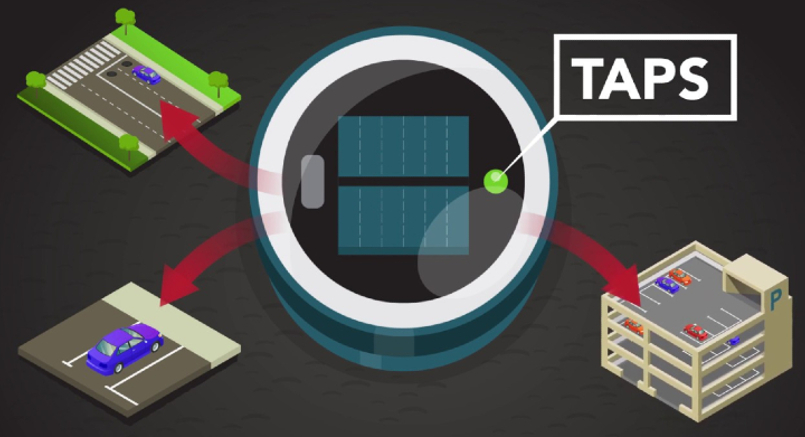
Im folgenden Beitrag geht es um die Potenziale und Möglichkeiten der smarten Verkehrsführung. Effizienterer Verkehr ist nicht nur ein wichtiger Baustein jeder Strategie im Kampf gegen den Klimawandel. Er erhöht auch die Lebensqualität in den Städten und hilft, die Schadstoffbelastung zu senken.
Perspective: This is how the smart traffic of the future works
Smart traffic solutions that intelligently control traffic based on flow information are already a reality today. But the quality of the data is not always sufficient to actually develop "smart" solutions on this basis.
The small-scale measurement of car traffic will therefore become even more important in the coming years. Other measuring points, for example to measure bicycle or pedestrian traffic, will also be integrated into the smart city of the future.
In the future, it can also be assumed that position data provided by the vehicles themselves will be evaluated. For cities, however, this is a double-edged sword. For such information can undoubtedly be more precise than that collected at measuring points. But it is usually not complete. In addition, the municipalities make their traffic control dependent on external service providers.
What possibilities does Smart Traffic offer?
When you hear the buzzword Smart Traffic the first thing that comes to mind is often autonomous vehicles and fully automated road traffic. In fact, this is a vision of the future with a lot of potential. But the revolution in this area is coming gradually. In order to make tomorrow's smart traffic a reality, the course must be set today. In particular, the automation of traffic routing in cities is central to this.
This is what the potential of smart traffic looks like:
Congestion on the main arterial roads in metropolitan areas is often primarily a matter of inefficient use. Measures such as dynamic signposting of detours or automatic adjustment of speed limits help to control traffic. Tolls and parking fees can also be adjusted automatically in smart systems. But to make this possible, large amounts of data and intelligent software solutions are required.
What role does data collection play for smart traffic?

Um den intelligenten Verkehr der Zukunft zu entwickeln, sind zahlreiche Datenpunkte erforderlich. Denn um die Auslastung von Strassen zu optimieren, ist es zunächst wichtig, zu wissen, wo akute Überlastungssituationen vorliegen. Dabei spielen Verkehrsflussmessungen eine zentrale Rolle. Konventionell werden dafür Induktionsspulen in der Strasse verbaut, wie man sie zum Beispiel auch an Ampelanlagen einsetzt.
But induction coils are expensive. For their installation, the road has to be torn up over a large area. Especially if many new measuring points are to be set up for the installation of a smart traffic system, this is hardly affordable for many municipalities. In addition, the installation is very time-consuming.
The TAPS sensor systems we offer are a sensible alternative. .
But induction coils are expensive. For their installation, the road has to be torn up over a large area. Especially if many new measuring points are to be set up for the installation of a smart traffic system, this is hardly affordable for many municipalities. In addition, the installation is very time-consuming.
Rush hour can then be anticipated and mitigated by appropriate countermeasures.
TAPS: Intelligent sensors from LTS

With the TAPS system, we provide one of the most advanced systems for detecting vehicle movements. The small sensors are much less complicated to install than induction coils, function independently of energy and are easy to configure on the system side. The sensors automatically establish the connection with the required gateways.
With the TAPS system, we provide one of the most advanced systems for detecting vehicle movements. The small sensors are much less complicated to install than induction coils, function independently of energy and are easy to configure on the system side. The sensors automatically establish the connection with the required gateways.




)
)